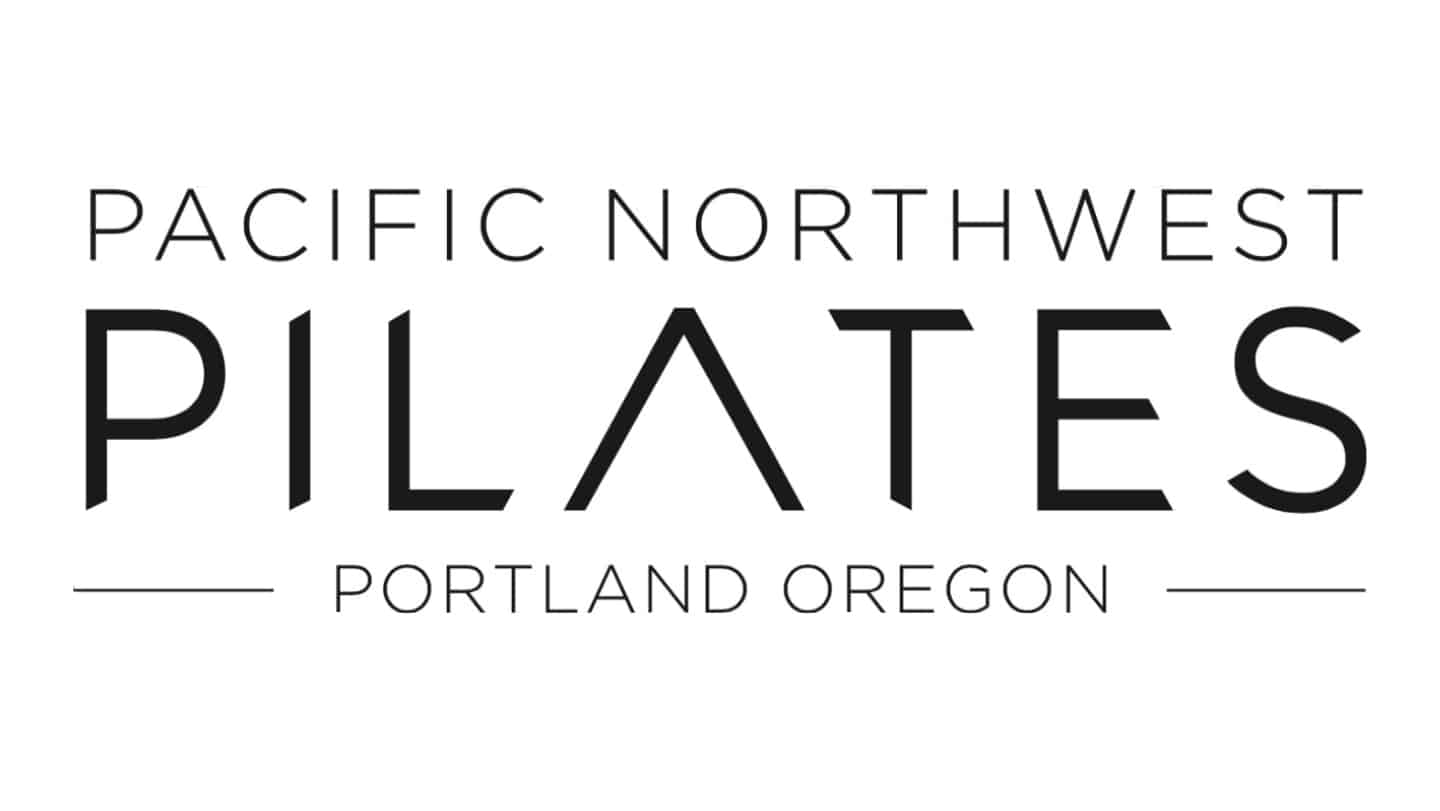How do we use internal and external cues with clients? Research on returning to sport and reaquisition of skill suggests that internal cues work well, but then we need an external focus to integrate multi-dimensions of a movement. Melanie Byford-Young explains how to link the musculature with the motion with Scooter on the reformer.
Video
Our series on restoring upward rotation of the shoulders continues. Quite a few of our daily activities require overhead reaching and the shoulder girdle, head, neck and low back are vulnerable to injury without proper movement and stability in this region. Melanie and Lulu show us how to perform arm press on long box, keeping … Read more
Continuing with our restoring upward rotation to the shoulder girdle series, Melanie Byford-Young and Lulu practice arms pressing in straps. As soon as the hands are above the shoulder, notice the upward rotation taking place in the shoulder. This loaded open chain exercise is a great way to give clients proprioception and awareness.


